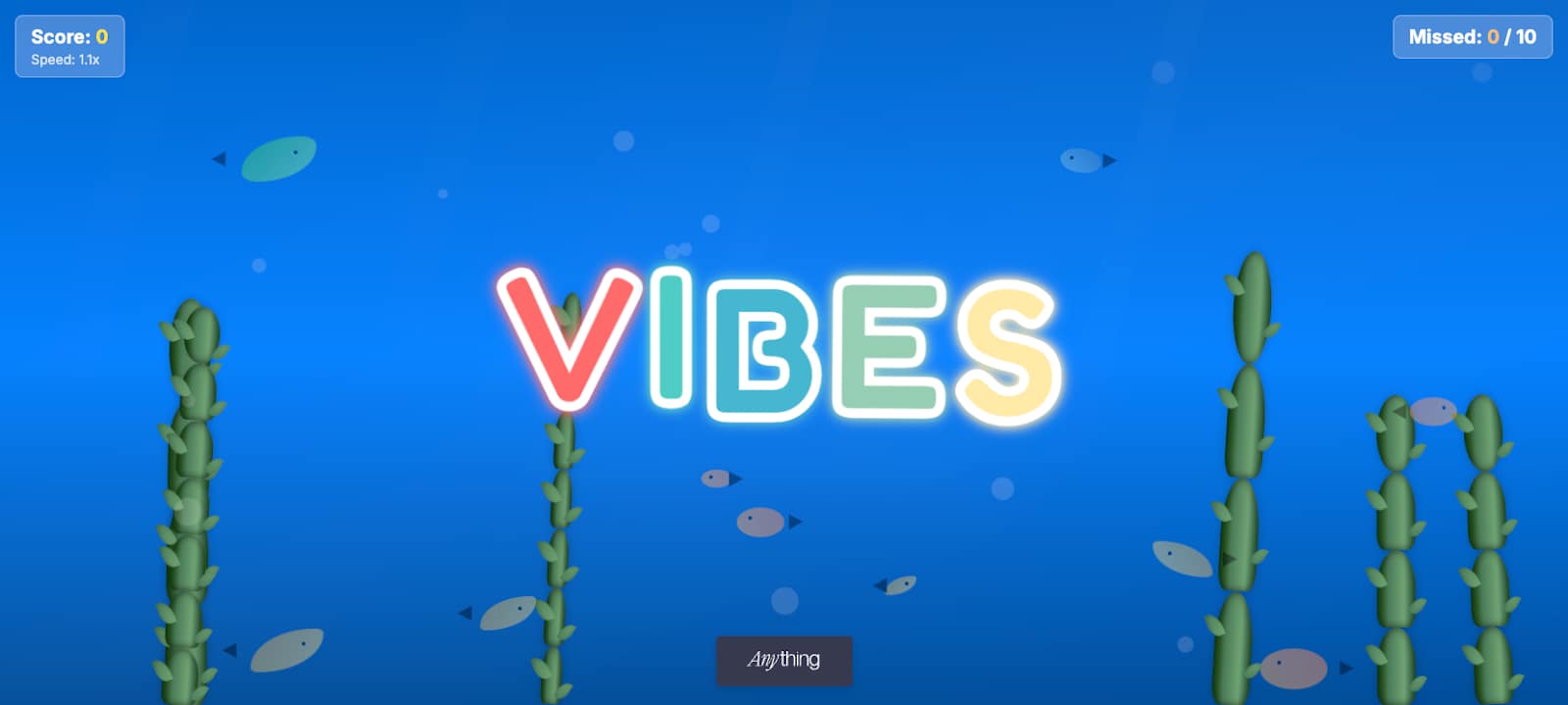
This article first appeared in WARC written by, Tom Gray, Chief Strategy Officer.
Hype cycles come and go, and yesterday’s supposedly world-changing technology can quickly become today’s punchline – remember the fear and excitement around the metaverse a year or two ago? So it’s tempting to suggest that the current buzz around AI is just the next turn of the handle on the hype machine.
But this one really does feel different, not only because ChatGPT has become the fastest-growing application in history, but because of the way it might change HOW the creative process and marketing more generally gets done, rather than just offering a new channel, product or customer behaviour.
With ChatGPT, the first ‘this changes everything’ moment came from the copywriting ability that the tech demonstrates. But brands need to be using it with purpose, with a clear understanding of the risks and dangers while also understanding both the limitations and possibilities. This understanding will enable brands to use ChatGPT to boost their marketing and improve strategy and innovation.
The risks and dangers
First of all, as with any tool a company might use, they need to make sure they understand the risks and dangers associated with it. For example, with Large Language Models such as ChatGPT, there is a potential risk of copyright infringement based on the data that it was trained on, and how any output gets used. A number of high-profile cases are currently circling in the world of generative AI. Most prominently, Getty Images are suing Stability AI over an alleged copyright violation. If you use Generative AI to create content which is then released into the public domain, there may be a potential risk of infringement.
There may also be risks associated with infringing confidentiality. As tools such as ChatGPT continuously learn and improve by using the prompts that are fed into it, any proprietary information that is given to it can effectively be ingested and then shared elsewhere. Therefore, businesses need to be very careful about what they put into it – especially in the world of marketing new products and services.
ChatGPT has also notably been banned in Italy over data privacy concerns as the country’s data regulator found that the tool violates certain rules under the GDPR regulations. If you wouldn’t be comfortable sharing the information with a stranger or publicly online – then don’t put it into the ChatGPT input box.
A human partner, not a human replacement
By understanding how these tools work, marketers and creatives can start to explore how best to work with them. At the simplest level, ChatGPT is a statistical model, working on the basis of probabilities to generate the best, most reasonable response to an input prompt.
While it may seem to generate insightful content, it really has no innate concept of meaning. This means it can be a useful tool for generating first drafts of content or explorations of ideas, but it’s not great for original insights and creative leaps. For example, ChatGPT is pretty terrible at metaphors, this is probably because great metaphors require pattern recognition between two completely different phenomena.
This ability to use insights and frames from one domain in another is very ‘human creativity’ and kind of the opposite of ‘the next statistically most probable word in the sequence based on the sum of all the content on the internet’ which is what ChatGPT gets you. All of this is to say that ChatGPT can be a great sparring partner for creativity and innovation, but it probably can’t be trusted to come up with genuinely new insights, strategies and ideas.
It can also be helpful as an efficiency tool to flesh out and articulate ideas. But marketers should be mindful that the output is only as good as the input. The marketers who thrive will be those who not only understand its power but also its downfalls and manage to use both to their advantage, finding weak points, addressing them and using the tool to generate clarity.
How to use it to your benefit
Knowing the strengths and opportunities that ChatGPT can provide is key for brands if they want to use it to boost their marketing capabilities. It’s important to recognise that though these tools seem human-like, they are simply cleverly engineered machines. However, this doesn’t mean that they don’t have any benefits.
The fact that the chat interface and human-like response from these AI tools differ from traditional search tools can also make them more powerful as a thinking partner – the chat interface creates a back-and-forth interaction which can bump you into a different mental mode. While it can’t replace the human brain, generative AI can help support humans to explore ideas, experiment and enhance creative thinking.
In this way, one of the ‘problems’ with Generative AI can actually be used to a brand’s advantage. The fact that it doesn’t have any concept of meaning means that it can’t make any value judgments and can therefore argue against strongly held views. Where humans can easily ‘fall in love’ with their own ideas, ChatGPT and the like can be a great way to remove that bias and give rational arguments against your initial ideas and opinions. In this way, it can sharpen your thinking, broaden your mind, and come up with a different approach.
It can also be extremely useful for improving speed and efficiency. While it won’t give you anything groundbreaking, using it in the first instance when approaching a piece of content can help you get over the first hurdle and get the creative juices flowing.



